Is this the year where you finally take on what is considered (in some circles) to be a Canadian rite of passage…building your own deck!? I say GO FOR IT! Before you rush off to the nearest big box store to buy a whack of lumber though, consider these very important factors so you can avoid making some very classic decking mistakes.

Consider a Professional Design
The planning phase tip #1:
Whether you are building your deck yourself, or having it professionally built, do not undervalue the importance of a design that will add a “wow” factor to your project.
Read more: 12 Beautiful Backyard Ideas for Every Budget
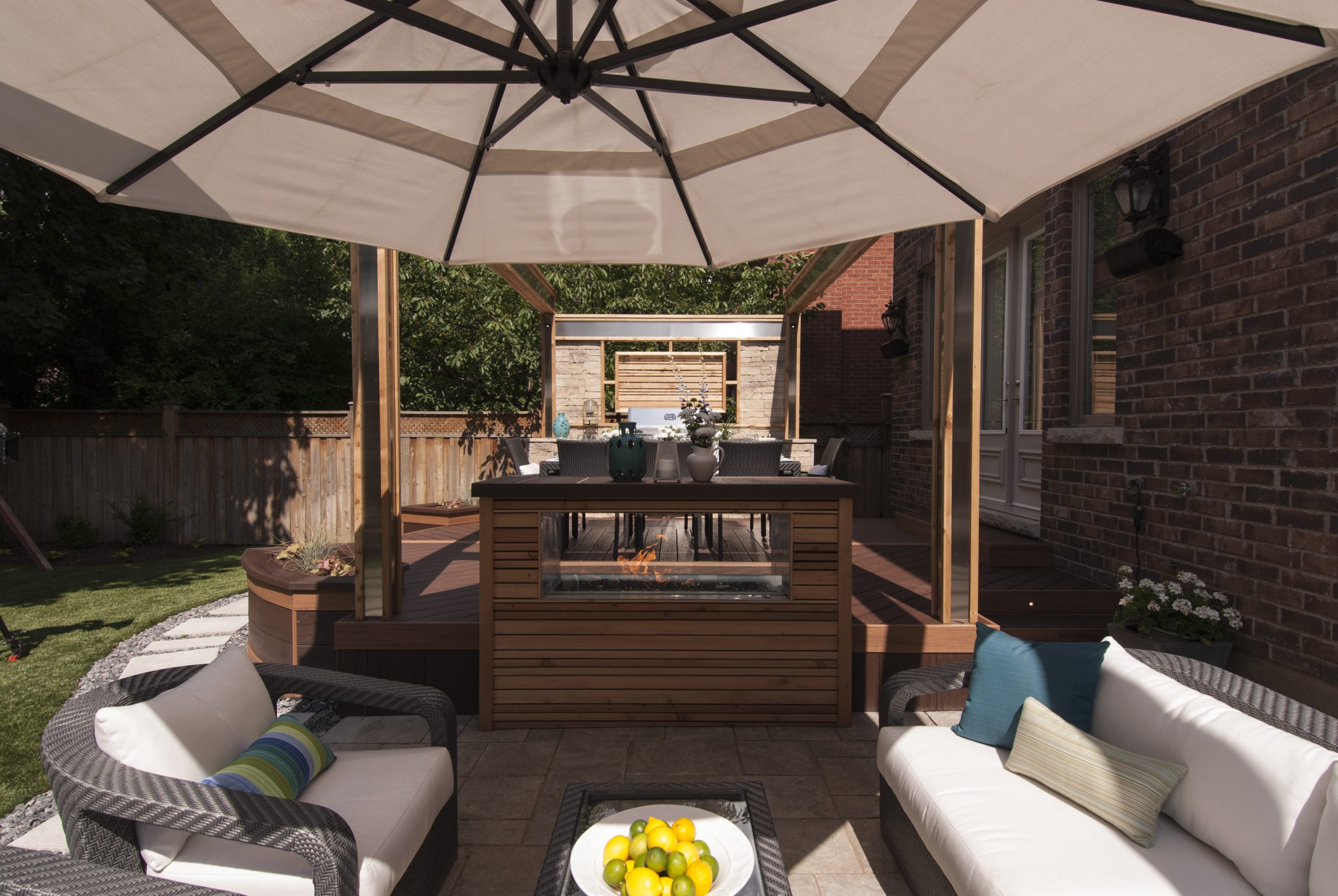
Understanding the Sun
The planning phase tip #3:
The sun can be a beast, so if you burn easily like me, make sure you incorporate an element of shade into your design. This doesn’t mean you have to build a pavilion or gazebo with a solid roof. Those are great for rain protection, but all you need for escaping a lobster-like sunburn is a simple pergola, a retractable awning, or even a shade sail. You’ll thank me when it’s over 35 degrees outside plus humidity.
Read more: 10 Outdoor Reno Projects to Start Now for a Stress-Free Summer
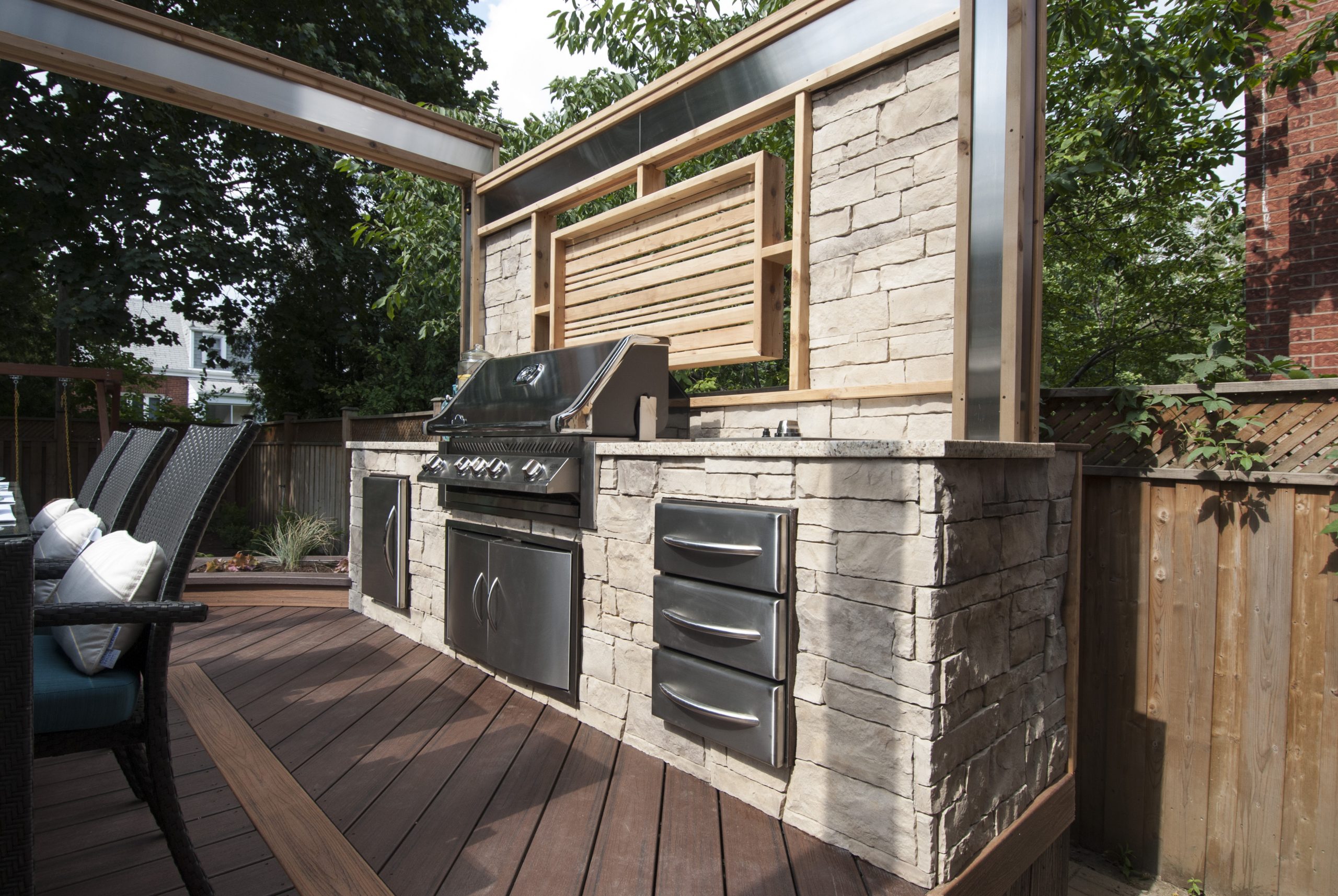
The BBQ
The planning phase tip #4:
The barbeque is typically the worst placed item on a deck. Remember, the gas line needs to run to the ideal BBQ location, not the other way around. Design your deck with this in mind.
Read more: These 10 Outdoor Kitchen Ideas Get Bryan Baeumler’s Stamp of Approval

Consider Furniture First
The planning phase tip #5:
How often do you get the chance to go furniture shopping, and then build the room to match the furniture? There is an amazing selection of exterior furnishings these days. Choose the size and shape you like, then design “rooms” on the deck to incorporate it.
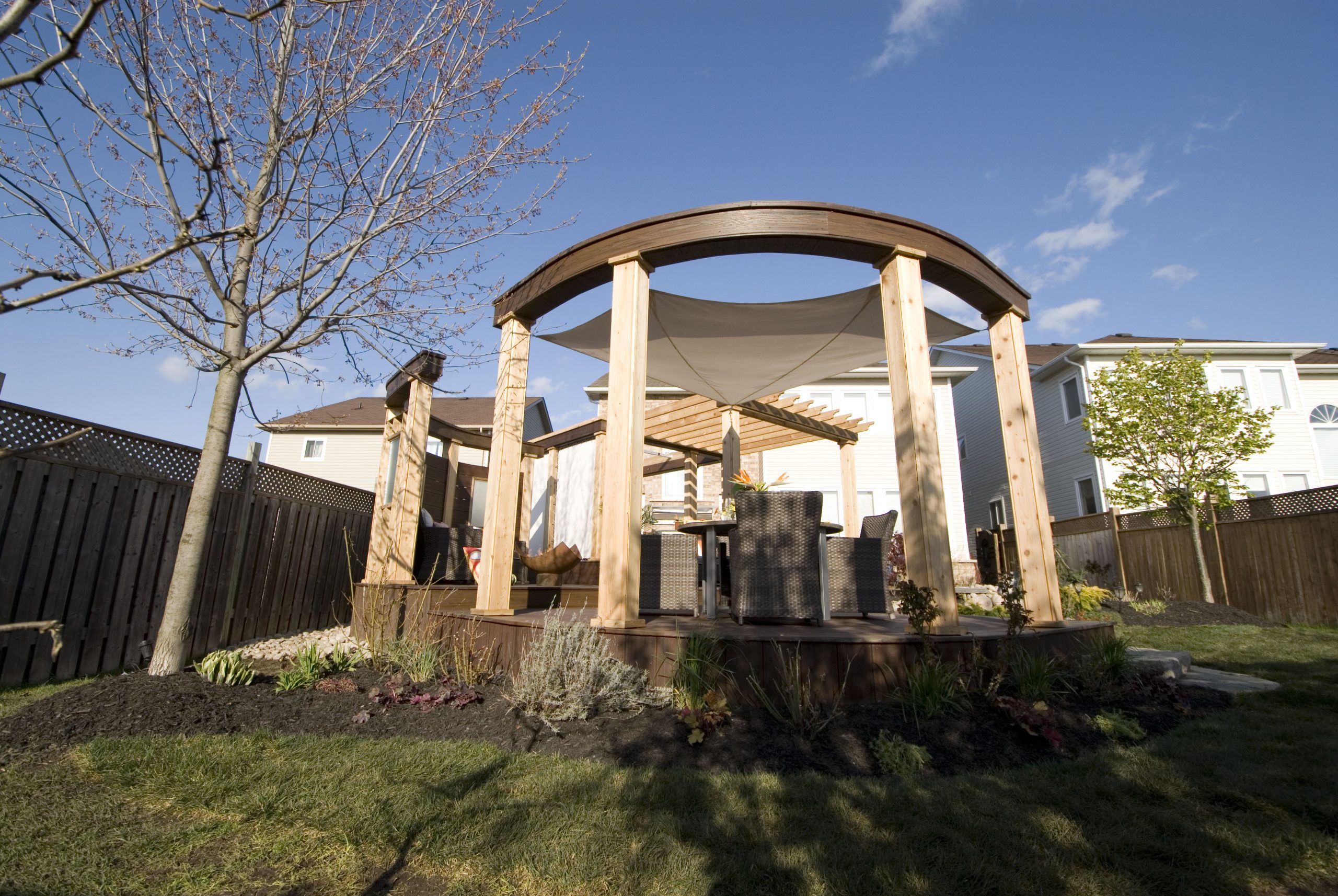
Use Footings
Execution tip #1:
Even if you are building a deck that does not require a permit, it is important to use footings that extend below the frost line. In our climate, ground frost has the ability to make a deck look like a rollercoaster, and the builder a numbskull. I use helical piers as they vastly outperform traditional concrete footings. I can also install the footings and be building the same day. For the ambitious weekend do-it-yourselfer, it is the one thing I highly recommend still subbing out.
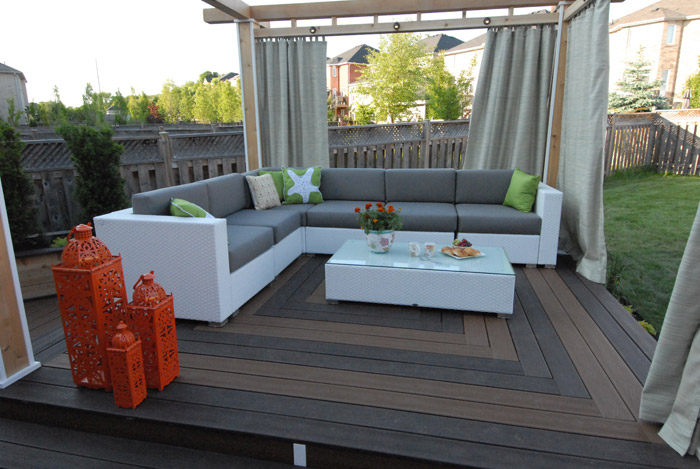
Floating Deck Mistakes
Execution tip #2:
A floating deck means that the structure of the deck does not connect to the house structure. This typically requires a line of footings close to the foundation wall for a support beam. Here’s the problem: footings are meant to sit on “undisturbed soil” which is compacted and will support the footing without sinking. When digging a footing 12″ to 36″ away from the foundation, the soil in that area is “disturbed soil” due to the excavation required when the house foundation was laid. I will use a longer helical pier to extend below the house footing to guarantee I am hitting undisturbed soil.
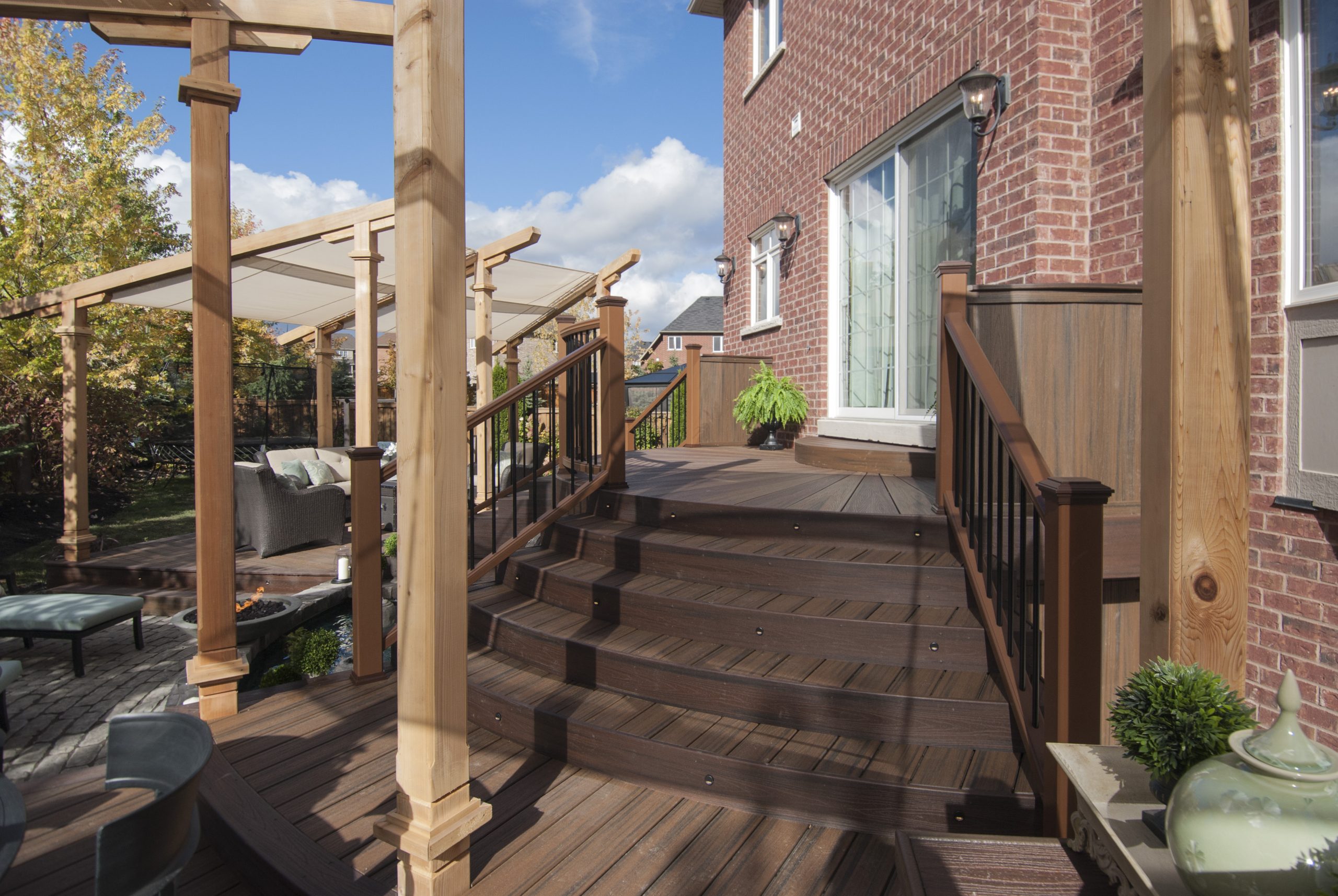
Do Your Structure Homework
Execution tip #3:
Again, if your deck does not require a permit, you still need to build it properly. It is easy to find online help in order to understand basic fundamentals like footing size and spacing, beam sizing, joist sizing and spacing, railing guidelines, and proper staircase construction. Or you can just “wing it” and become a legend in the worst way.

Decking Patterns
Execution tip #4:
One of the easiest ways to spice up your deck is to have some fun with the decking. I personally hate the traditional method of fastening down a deck board, and if it doesn’t reach the end of the deck, just adding an extra piece on. After a few winters of expansion and contraction that “seam” between the boards looks terrible. Simply adding a “spine” in the deck creates an intentional seam, and I will always incorporate a border around the perimeter of the deck creating a “picture frame” look, which greatly increases the aesthetic appeal of the deck.
HGTV your inbox.
By clicking "SIGN UP” you agree to receive emails from HGTV and accept Corus' Terms of Use and Corus' Privacy Policy.




